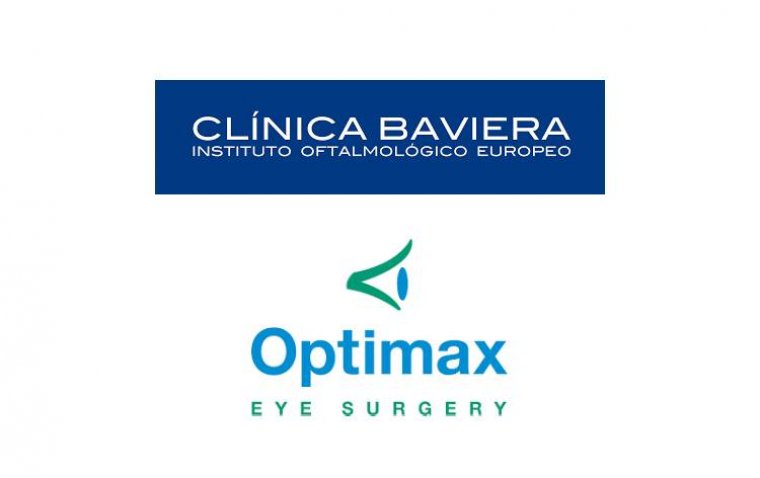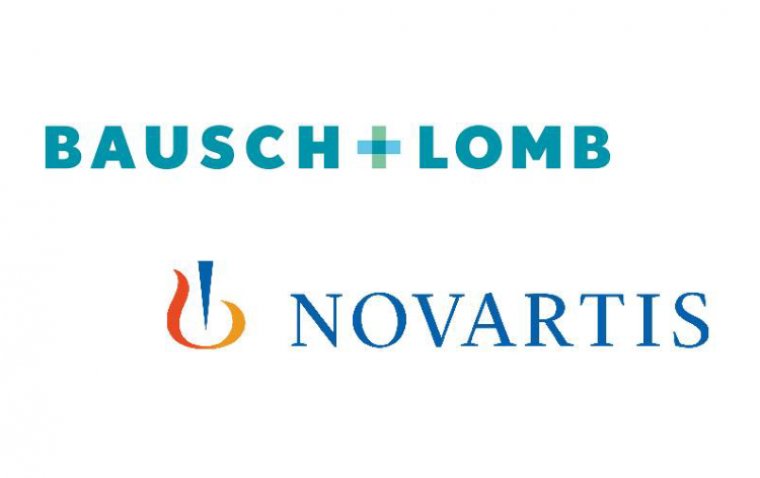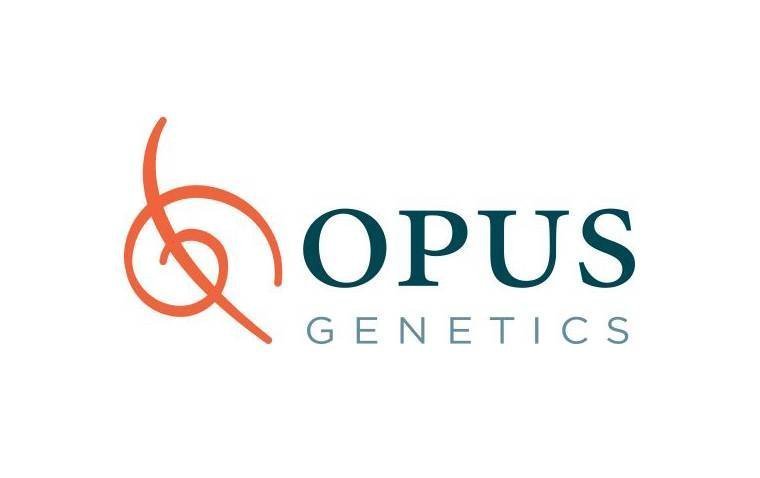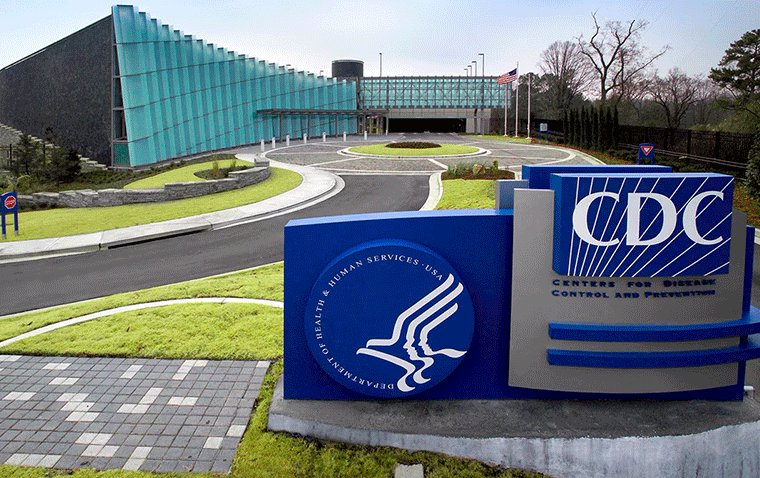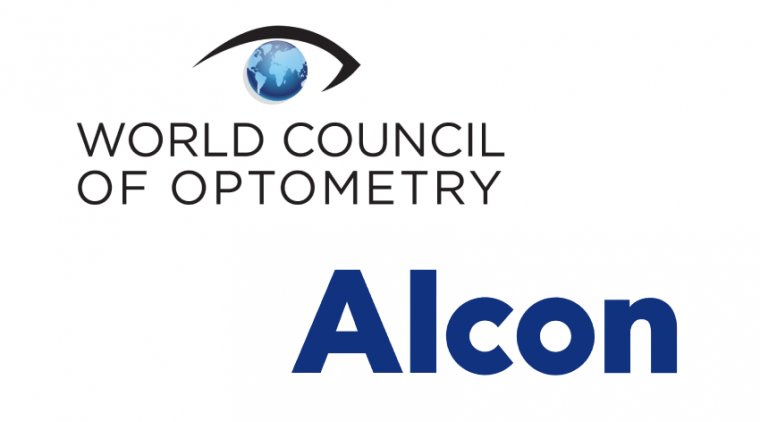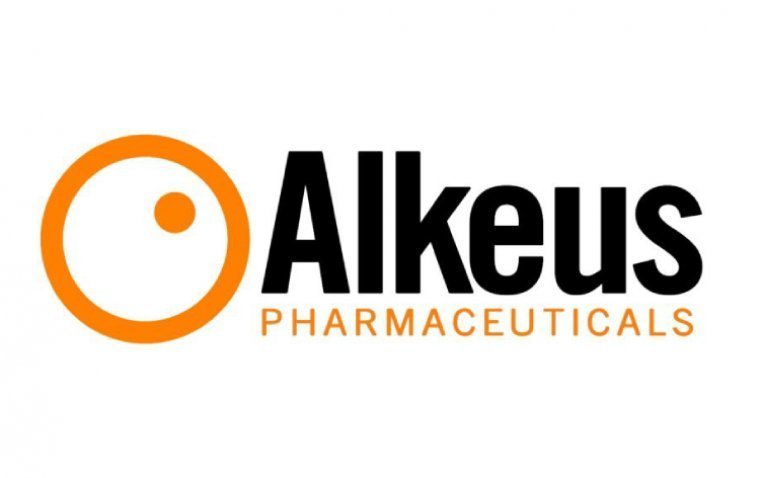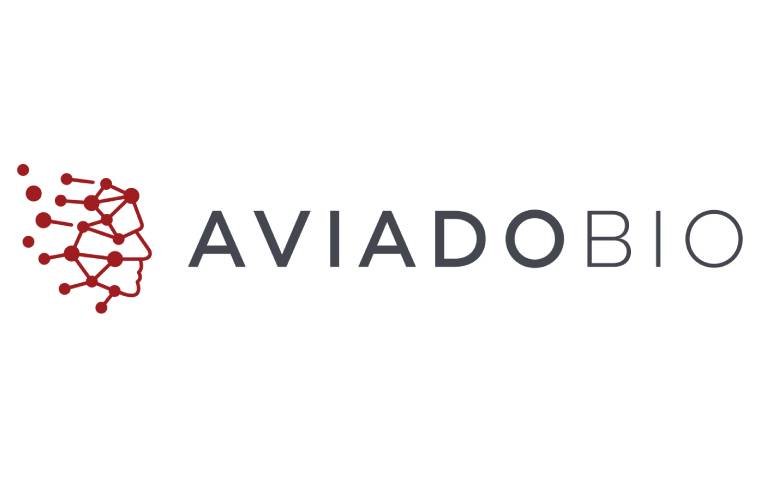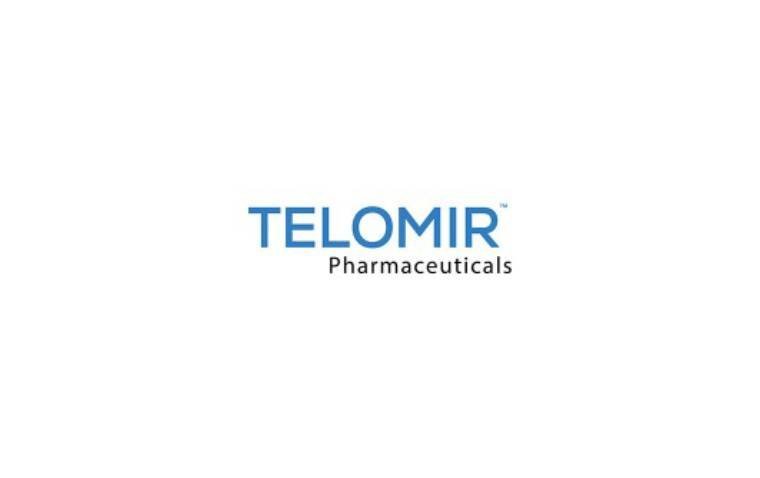
Telomir Reports Promising Preclinical Results for Oral AMD Therapy Telomir-1
Telomir Pharmaceuticals has released encouraging preclinical data demonstrating the potential of its investigational oral therapy, Telomir-1, for age-related macular degeneration (AMD).
Retinal Restoration and Functional Recovery in AMD Model
Telomir-1 showed notable therapeutic effects in a preclinical model, reversing central vision impairment, restoring retinal structure, and significantly reducing oxidative stress—achieving improvements across several FDA-recognized surrogate endpoints relevant to AMD.
“The preclinical success achieved in this AMD model is truly remarkable,” said Itzchak Angel, PhD, Chief Scientific Advisor for Telomir Pharmaceuticals. “Telomir-1, when studied orally, restored both structure and function in the retina, demonstrating not just neuroprotection but true regenerative capacity––a property rarely seen in ophthalmic drug development.”
Genetically Modified AMD Model
The data were obtained from a genetically engineered zebrafish model (Sen57wrn-/-ND6-/+), designed to mimic dry AMD and geographic atrophy (GA). This model integrates genetic markers associated with premature aging (WRN), mitochondrial dysfunction (ND6), and chronic senescence (Sen57). Prior to treatment, 18-month-old zebrafish displayed:
• Visual impairment
• Sluggish and uncoordinated swimming
• Elevated oxidative stress (ROS levels 4x higher than controls)
• 15% retinal degeneration and 15% mortality rate
Structural Degeneration Observed
Key findings from retinal histology included:
• Thinning of the Inner Nuclear Layer (INL) – critical for signal processing
• Degradation of the Ganglion Cell Layer (GLC) – responsible for transmitting visual signals
• Reduced Outer Plexiform Layer (OPL) volume – crucial for detecting light and contrast
Oral Telomir-1 Treatment Reversed Damage
Following a 14-day oral dosing regimen, treated zebrafish exhibited significant recovery:
• Restored INL thickness – reinstating signal processing
• Improved GLC structure – reactivating visual signal transmission
• Augmented Inner Plexiform Layer (IPL) – enhancing visual processing
• Recovery of OPL structure – maintaining photoreceptor input
Behaviorally, the zebrafish returned to active, coordinated swimming with appropriate visual responses. ROS levels dropped by up to 50%, and no mortality occurred in the treated group.
“Collectively, these results demonstrate Telomir-1’s ability to restore visual function, reverse retinal degeneration, reduce oxidative stress, and improve survival—all from a short oral treatment regimen,” the company stated.
Advancing Toward a New Paradigm in AMD Treatment
Erez Aminov, Chairman and CEO of Telomir Pharmaceuticals, emphasized the broader implications of the findings:
“This breakthrough reinforces our vision at Telomir: to redefine how we treat age-related diseases by going beyond symptom management and targeting the root mechanisms of degeneration. To our knowledge, no oral drug has ever demonstrated this level of retinal restoration and vision recovery in any AMD model––this is a meaningful leap forward for patients and the field.”
(1).jpg)
